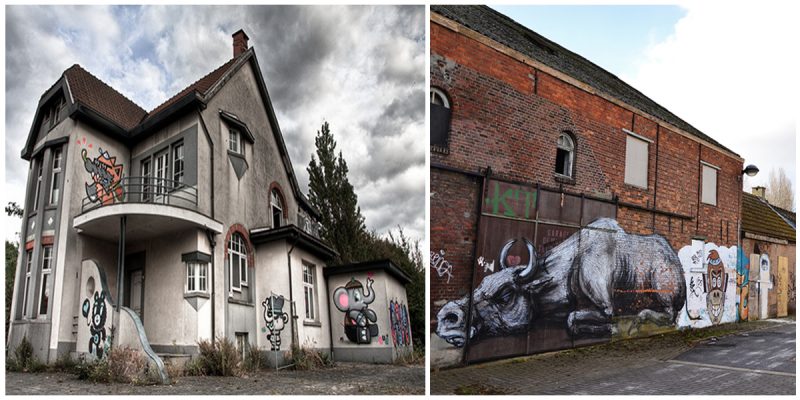Doel is a subdivision of the municipality of Beveren in the Flemish province of East-Flanders, a 400-year-old village north-west of Antwerp, Belgium.
The small village was supposed to have been wiped off the map for over two decades. Many historical buildings will be destroyed because the place is unsafe for living, but members of the ever-dwindling local populace are fighting to keep their homes and the village alive. Scroll down for video
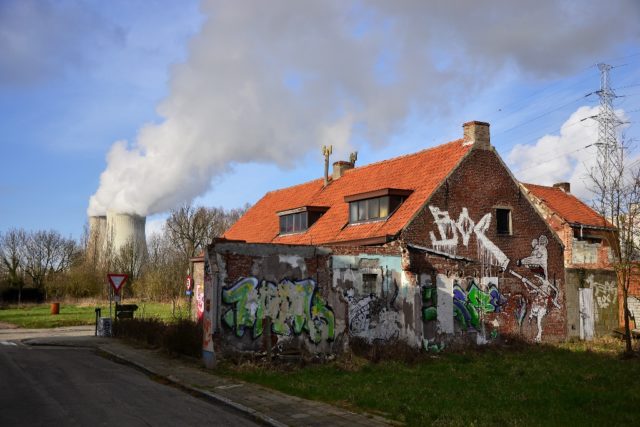
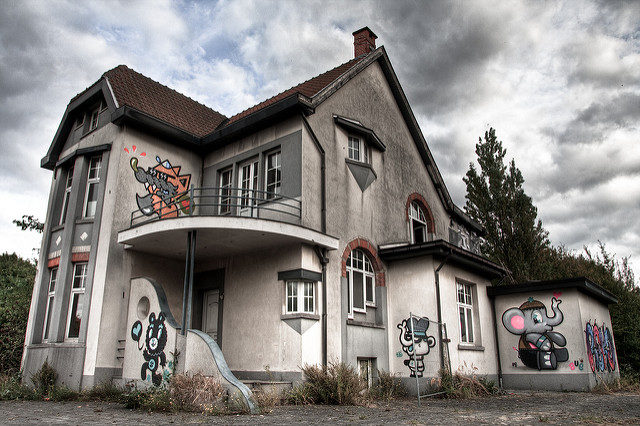
By the 1970s, Doel was already a target for demolition by the government. They wanted the extra space for their shipping docks and for twenty years, the small town battled against the threat of destruction. Thanks to popular protest, several scheduled demolitions were cancelled.
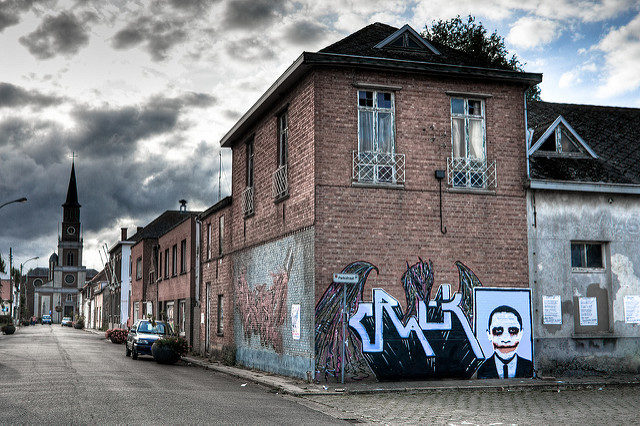
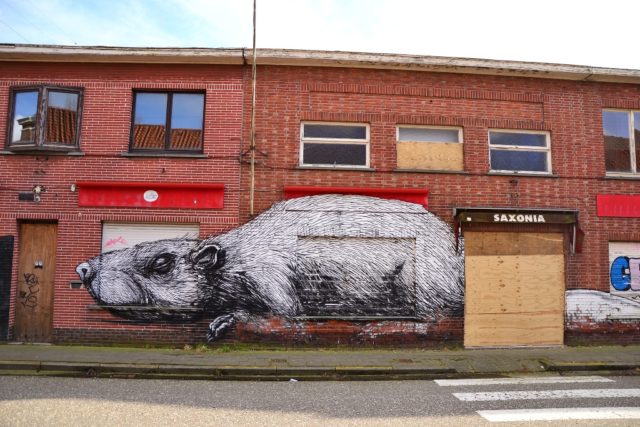
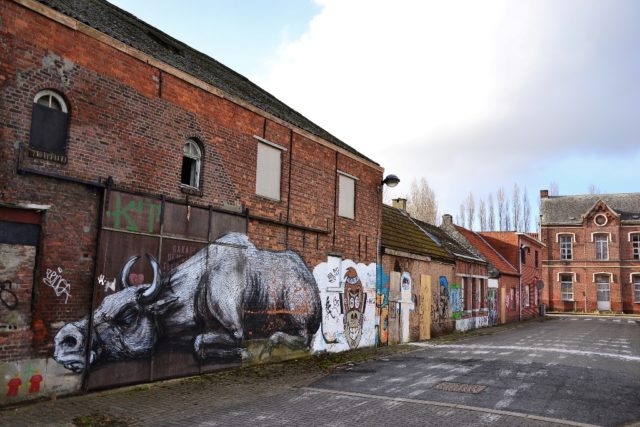
While most of the buildings in Doel are typical 20th-century terraced houses, some are beautiful examples of old, historical architecture. Many houses are dating from the 18th and 19th century, such as the century town hall in Camerman Street, the Baroque parsonage in Hooghuis street and the pristine white villa which was ones a home of Flemish baroque painter Peter Paul Rubens.
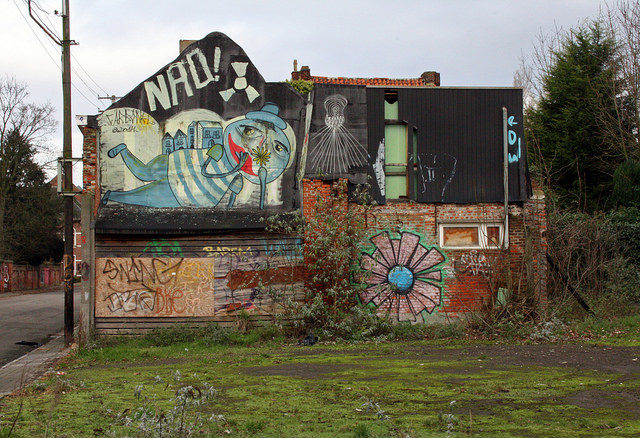

Inside the abandoned houses is a surreal experience. Graffiti are everywhere – in schools, gas stations, and the constant hum of high-voltage power lines intensifies the post-apocalyptic atmosphere. Some houses still have furniture and toys lying around in rooms and gardens.
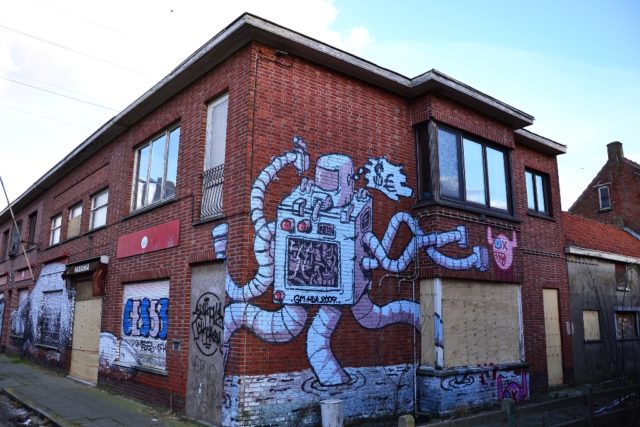
But despite the will of the people, Doel could not be saved and in 1999, the town was officially scheduled for complete demolition. In 2007, a campaign group called Doel 2020 decided to make Doel the city of graffiti and some residents even encouraged street artists to turn up, so they can create an open-air gallery.
From a population of around 1, 300 in the early 70s, there are now only 25 inhabitants left who are determined to defend their homes. Soon, the village attracted street artists from across Belgium and abroad who left their mark. The whole village is colorful with tags, stencils, and free-hand paintings.
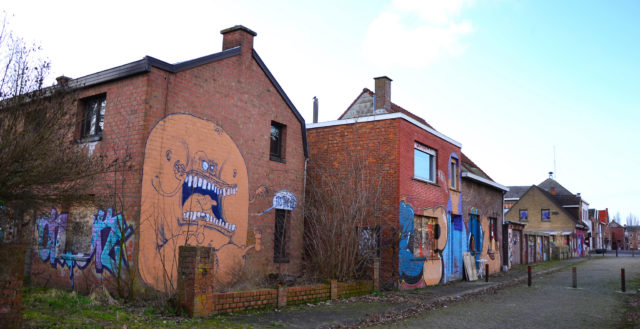
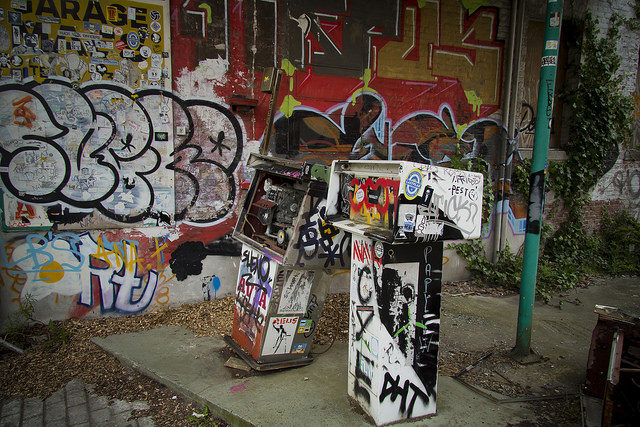
However, the village is still threatened with complete demolition due to the future enlargement of the Port of Antwerp. Residents seemed to have lost the fight when the regional government officially outlined its plans.
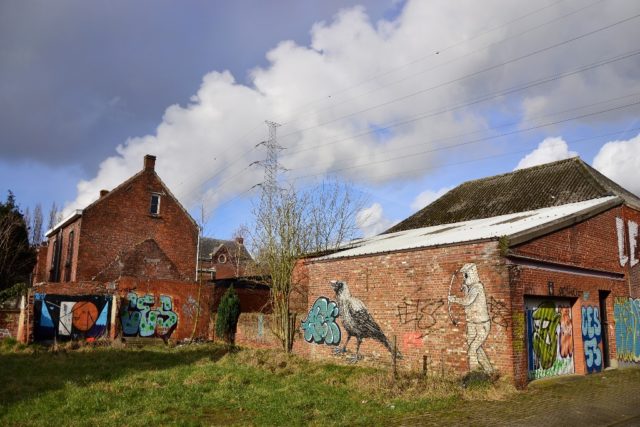
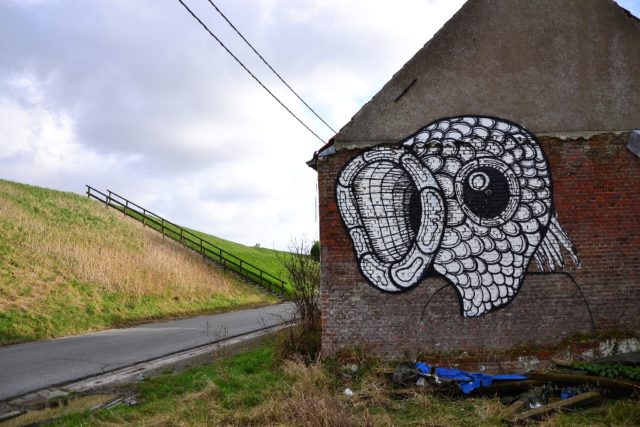
An author says in one magazine article concerning the demolition of the village, “The Belgian village of Doel was reclaimed from the river Scheldt at the beginning of the 17th century. Three hundred years later and the village that would grow behind the sea wall is under threat. The threat comes not from a failing dike or an unexpectedly sudden rise in water levels, but rather from the expanding Port of Antwerp and its insatiable need for more and more land along the Scheldt in which to grow. Now, Doel, the last of the Belgian polder villages on the banks of the Scheldt near the North Sea, faces possible demolition. The construction of a large dock and container terminal capable of receiving deep-sea ships is already underway on a site immediately next to the village, and the Port Authority proposes building a second one where the village now stands.”
